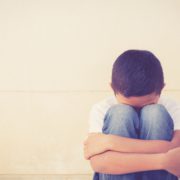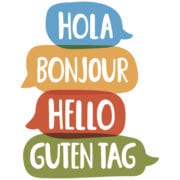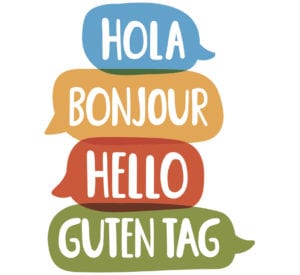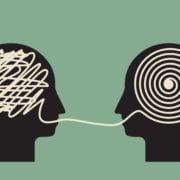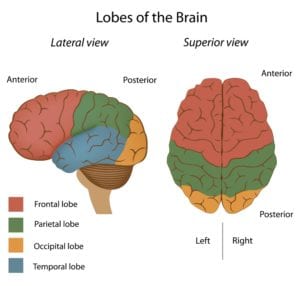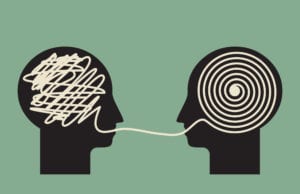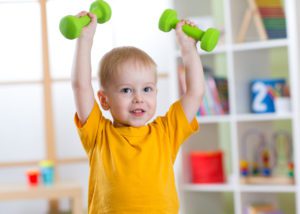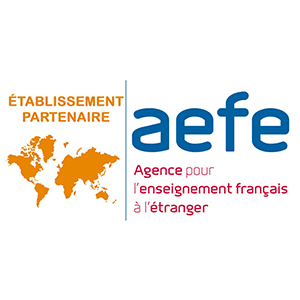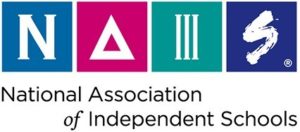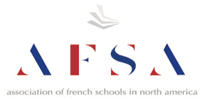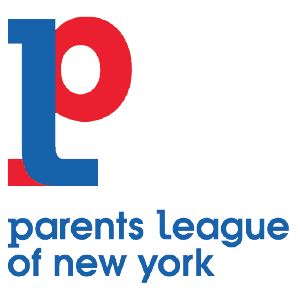What to do When Your Child Is Being Bullied
With the majority of schools today participating in at least some form of anti-bullying policies, most parents have been made aware of the movement to stomp out the aggressive behavior. While we may be more actively approaching bully behavior today, many may still be uncertain of what to do when your child is being bullied.
Classic Bullying Behavior
When we think of classic bullying behavior, we usually envision things like stolen lunch money or toys, bruises or other signs of fighting, or clothing being ripped or destroyed. These things are considered aggressive bullying and usually fairly easy to spot. Unfortunately, bullying goes unnoticed often times because it rarely fits into this category.
Less Obvious Bullying Behavior
Bullying is usually thought of as mean-spirited behavior that is manifested through physical and verbal means. The truth is, however, bullying behavior can take on many different forms – it isn’t always taunting, teasing, or physically fighting.
While it’s certainly true that scenarios involving pushing, picking, yelling, and teasing are examples of classic bully behavior, there are other, less obvious forms of bullying as well. Often times, kids can experience the effects of bullying by way of being ignored by their peers, being left out of games and functions, and even things like whispering, and note passing.
“More often than not… bullying is difficult to spot. Most kids don’t come home from school saying, ‘I’m being bullied every day by these three kids and I’m really scared and unhappy,’” explains PBS.org.
Are There Signs Your Child Is Being Bullied?
Knowing that the signs of bullying aren’t always easy to identify, one of the best things a parent can do to help their child is to know what behavior warrants anti-bullying tactics. This may seem easier said than done, but by understanding warning signs in your child, you can help stop bullying in its tracks.
So, just what are these warning signs? Similar to the signs of bullying, there are more obvious signs your child is being bullied, as well as less obvious signs. Paying attention to your child’s behavior versus what they are verbally communicating is key to getting through a rough time.
Most Obvious Signs
The most obvious signs a child is dealing with a bully at school (or on the bus, playground, or even neighborhood after hours) are usually physical signs. Aggressive bullying is often the culprit of these type of signs and can include things like a disheveled appearance when they should otherwise be presentable, physical scars and bruises or bleeding, and complaints of aches and pains with no rational explanation for them.
Since kids don’t usually tell you when they’ve had an altercation with another child, it’s usually up to the parents to pay attention to their physical appearance. This can also include their attitude – a sudden change in attitude that involves crankiness or irritability can often point toward a bullying scenario as well.
Less Obvious Signs
If your child isn’t coming home with bruises or torn clothing, but you still feel like something is “off” with them, don’t discount bullying yet. As we mentioned earlier, there are many forms bullying can take and, as such, there are many forms their reactions can take.
Some of the less obvious signs your child is dealing with a bully can include being withdrawn, a loss of interest in things they previously loved to do, and seeming sad or depressed upon coming home. Other signs to watch out for include a change in their appetite – usually a loss of interest in eating altogether, trouble sleeping (night terrors and bad dreams included), and frequent ailments like headaches or stomach aches.
Major Red Flags
There are a wide range of signs and symptoms of bullying – all of which need addressed as soon as possible – but some may require much more immediate attention. Depending upon the individual situation, children will handle a bullying experience in their own way; however, certain behaviors should always be taken seriously as soon as they surface.
If your child’s school performance begins to change – this is a huge red flag that something is off with them, usually relating to a person or situation at school. Other major red flags that should be addressed immediately include visible signs of fear or panic when they are faced with a task (anxiety over riding the bus or fear for going to class, for example), or any form of discussion involving loss of life or suicide. Noticing any of these behaviors warrants direct and swift attention by parents and teachers.
What to do When Your Child Is Being Bullied
If you’ve noticed your child experiencing any of the above-mentioned signs of being bullied, you’re likely wondering what you can do to help them put a stop to the situation. For a parent, watching their child go through a bullying situation can be one of the most heartbreaking and difficult things to witness. Often times parents wind up feeling helpless or can end up taking steps that may make things worse for their child by accident. So how do you know what to do?
In many cases, schools and other childhood educational and care facilities will have their own form of anti-bullying policies already in place. A look through their school handbook or a discussion with their direct-care professionals can help lead you on the right path for helping your child. Outside of this, there are certain things parents can do to ensure they are taking the right steps to combat their child’s bullying experience.
Anti-Bullying Behavior at Home
There are several things parents can do at home, outside of an anti-bullying policy at school, that will help children get through being bullied. For starters, the most important thing is for parents to be vigilant about monitoring their children’s behaviors so they can quickly spot any of the signs of bullying.
Other steps parents can take to be proactive about bullying:
- Talk to your child: ask them how things are going, share with them what you’ve noticed and gauge their response.
- Ask, don’t assume: we may be tempted to ask them what they did to warrant a certain behavior, this can lead them to believe the bullying is warranted.
- Talk with others in their lives: speak with others who are near your child during the bullying situations and have them help determine a “safe” person they can go to when they feel bullied.
Overall, the best thing you can do for your child if you suspect they are the victim of bullying, is to be their ally. Know what to watch for, make sure you reiterate with them that you are always there, and equip them with the tools to overcome the situation by giving them a safe space or a safe person to go to when needed.


